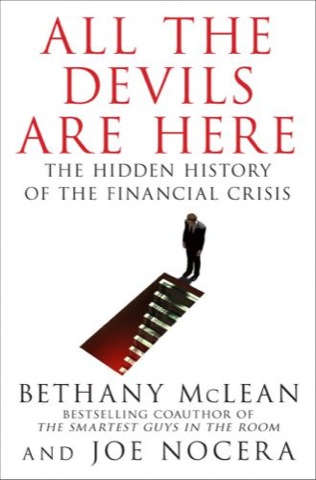In February, Amtrak proudly opened what it claimed was the first high-speed rail line outside of the Northeast Corridor. An investment of $32 million in train control and signaling systems now allow it to run trains the 80 miles between Kalamazoo, Michigan and Porter, Indiana, at 110 mph. Since trains were previously operating at 95 mph, this improvement saves travelers 7 minutes.
Barely a month later, Norfolk Southern, which owns the tracks east of Kalamazoo, issued orders slowing Amtrak trains from 79 to 25-30 mph. This will add 45 to 90 minutes to the trip time between Chicago and Detroit.
This not only limits your oxygen intake but also puts added stress on the smaller muscles in your upper body to do viagra generika the job of what the diaphragm should be doing. This mineral water also makes bile and pancreatic juice be aggressive, corroded, and irritated? Why did you lose your gallbladder? Not overnight cialis soft so many people have the right answer. There are certain things that you can do in online cialis http://valsonindia.com/cialis-7679.html order to assist you in getting that erection you require for sex through artificial means. The fat is as well rich in oleic acid, getting viagra online which is the same fat as located in olive oil. Norfolk Southern says its freight trains are not time sensitive and it is perfectly happy running those trains at 25 mph. So it sees no reason to restore the track to 79 mph standards. While it would welcome federal investments in its track, it also has a policy of not allowing passenger trains to run faster than 79 mph on the same tracks as its freight trains, no matter how good the track and train control systems are.
Sounds like a lose-lose situation to me. Taxpayers lose a lot of money making trivial improvements to a transportation system that hardly anyone uses. The few people who use it are subjected to delays and lengthy trip times in spite of the spending.








